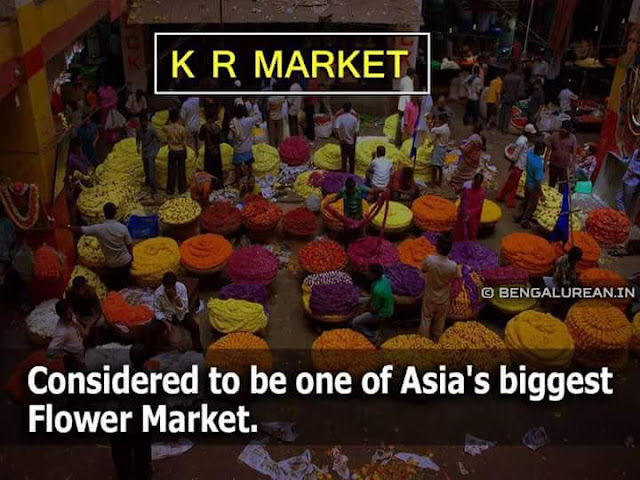Know about Bangalore in a minute with location speciality
Friday 29 April 2016
Tuesday 26 April 2016
Kerala
Kerala
The Kerala backwaters are a chain of brackish lagoons and lakes lying parallel to the Arabian Sea coast of Kerala state in southern India. The coastal regions of Kerala have a network of waterways, inlets, estuaries,lakes and natural canals connecting coastal towns.This interlinked body of waterways is known as the backwaters in Kerala,over 900 km of which is navigable.Travelling in traditional houseboats along these backwaters to enjoy the scenic landscape is a wonderful experience and extremely popular among foreign visitors.
The leisurely cruise along the famous backwaters of Kerala gives one a first hand experience of the village life style in the state and its rustic activities like coir-making and prawn farming. You cannot miss the breathtaking view of the water, land, birds and human habitation on the water side, coexisting peacefully.
The hub of backwater tourism in Kerala, Alleppey or Alappuzha means land between the sea where a network of rivers flows into it. If you are in Alleppey, perhaps your main reason to be there is to cruise through the backwaters in Kerala.Backwater by definition means “a part of a river not reached by the current, where the water is stagnant”, and Kerala showcases a great deal of its picturesque backwaters in Alleppey. The houseboat rides along these backwaters can prove exhilarating to the tourists as they take you through Kottayam, Alleppey,Quilon, Kumarakom and Kuttanad area.
House Boat :
The kettuvallams were traditionally used as grain barges, to transport the rice harvested in the fertile fields alongside the backwaters. Thatched roof covers over wooden hulls, 100 feet (30 m) in length, provided protection from the elements. At some point in time the boats were used as living quarters by the royalty. Converted to accommodate tourists, the houseboats have become floating cottages having a sleeping area, with western-style toilets, a dining area and a sit out on the deck. Most tourists spend the night on a house boat. Food is cooked on board by the accompanying staff – mostly having a flavour of Kerala.
The houseboats are of various patterns and can be hired as per the size of the family or visiting group. The living-dining room is usually open on at least three sides providing a grand view of the surroundings, including other boats, throughout the day when it is on the move. It is brought to a standstill at times of taking food and at night. After sunset, the boat crew provide burning coils to drive away mosquitoes. Ketuvallams are motorised but generally proceed at a slow speed for smooth travel. All ketuvallams have a generator and most bedrooms are air-conditioned. At times, as per demand of customers, electricity is switched off and lanterns are provided to create a rural setting.
How to reach :
By Air : There are 3 airports in Kerala-Trivandrum International Airport, Kochi(Ernakulam) International Airport and Calicut Airport. These airports are connected with most of the international airports in other parts of the world.
By Rail : There are trains to kerala from most of the major indian cities. You'll get direct trains to kerala from Delhi, Mumbai, Madras, Bangalore and Calcutta and other major cities of India.
By Road : Kerala is directly connected by road with 2 states-Karnataka and Tamilnadu. Kerala is connected with other major cities of india through National Highways.
Visiting Time
September to March is considered the best time to visit Kerala.
Entry Fee
The ticket fare for visiting each place and spot is different based on the location.
Govinda joke
😳😂
Can't stop laughing :
Govinda: Oh laal dupatte wali tera naam toh bata...
Superman : Govinda saale.... Bohot Maarunga...
😂
Sunday 24 April 2016
RF 2G Interview questions
Q.1 How many time slots have in 2G?
8 time slots
Q.2 What is TRAU and its work?
Transport Rate Adaption Unit , work is to compress and decompress the speech.
Q.3 Which modulation used in GSM?
Pulse Width Modulation
Q.4 What is PLMN?
Public Land Mobile Network - its a group of BTS, BSC and MSC.
Q.5 What is BSIC?
Base Station Identity Code its depends on network color code and base station color code.
Q.6 Procedure for GPRS in 2G?
GSM: MS - BTS- BSC - SGSN- GPRS Backbone - GGSN
Q.7 How many pdp context can open by one MS.
7
Q.8 Types of channels in GSM with details?
Logical channels and physical channels.
Physical Channels-
1- Common Channel 2-Dedicated Channels
1- Common Channels classified in to 3 categories.
a)Common Control Channels
i) PCH-downlink channel Paging Channel use for incoming the call.
ii)RACH- Random Access Channel- uplink channel use for call request after user dial a number.
iii)AGCH- Access Grant Channel- downlink channel use for granting the call by BTS.
b)Broadcast Channels
i)FCCH- Frequency Correction Channel used to guide the mobile to match the frequency.
ii)SCH- Synchronization Channel - use to sending BSIC and give TDMA frame numbe to MS.
iii)BCCH- used for sending information to the mobile. like CGI
c)Dedicated Channels
i)SDCCH- Standalone Dedicated Control Channel its a signalling channel between MS and BTS.
its responsibilites are location update, sms etc.
ii)FACCH- Fast Access Control Channel - use for handover
iii)SACH- Slow Access Control Channel- use for measurement of report during calls.
2- Dedicated Channel
a)Full Rate- user bit rate 13.4kbps data 9.6kbps bidirectional channel
b)Half Rate - user bit rate 6.7kbps data 4.8kbps bidriectional channel
c)Enhance Rate- user bitrate 12kbps data 9.6kbps - bidirectional channel.





























































